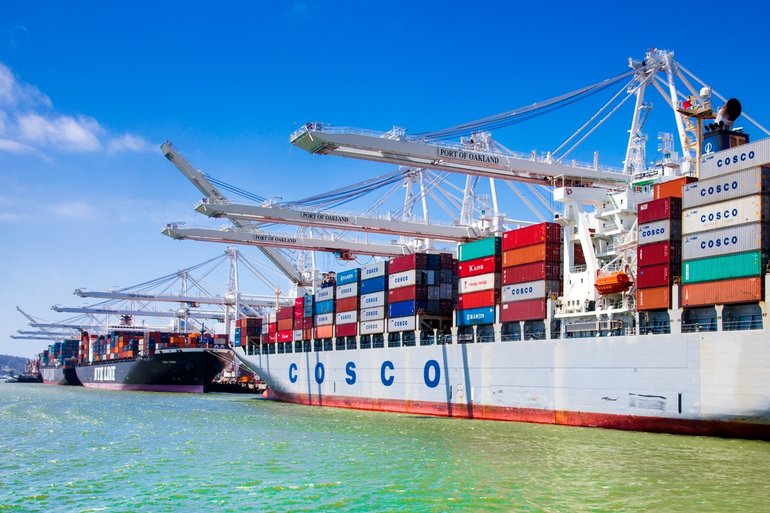Small Business
Retail Imports Expected to Grow 4.9% in First Half of 2018
Imports at the nation’s major retail container ports are expected to grow a healthy 4.9 percent during the first half of 2018 compared with the same period a year earlier, according to the monthly Global Port Tracker report released today by the ...
Feb. 19, 2018

Imports at the nation’s major retail container ports are expected to grow a healthy 4.9 percent during the first half of 2018 compared with the same period a year earlier, according to the monthly Global Port Tracker report released today by the National Retail Federation and Hackett Associates.
“We’re forecasting significant sales growth this year and that means retailers will have to import more merchandise to meet consumer demand,” NRF Vice President for Supply Chain and Customs Policy Jonathan Gold said. “With the benefits of pro-growth tax reform coming on top of solid fundamentals like higher employment and improved confidence, we expect a good year ahead.”
The import projection comes a day after NRF forecast that 2018 retail sales will grow between 3.8 and 4.4 percent over 2017’s $3.53 trillion. Cargo volume does not correlate directly with sales because only the number of containers is counted, not the value of the cargo inside, but nonetheless provides a barometer of retailers’ expectations.
Ports covered by Global Port Tracker handled 1.72 million Twenty-Foot Equivalent Units in December, the latest month for which after-the-fact numbers are available. With most holiday merchandise already in the country by then, the number was down 2.1 percent from November but up 8.4 percent year-over-year. A TEU is one 20-foot-long cargo container or its equivalent.
The total for 2017 was 20.5 million TEU, topping 2016’s record 19.1 million TEU by 7.6 percent.
January was estimated at 1.77 million TEU, up 4.1 percent year-over-year. February is forecast at 1.67 million TEU, up 14.8 percent from last year; March at 1.54 million TEU, down 1.1 percent; April at 1.71 million TEU, up 4.8 percent; May at 1.8 million TEU, up 2.8 percent, and June also at 1.8 million TEU, up 4.9 percent. The February and March percentages are skewed because of changes in when Asian factories close for Lunar New Year each year.
Those numbers would bring the first half of 2018 to a total of 10.3 million TEU, an increase of 4.9 percent over the first half of 2017.
All of the numbers above are slightly higher than reported in previous Global Port Tracker news releases because Florida’s Port of Jacksonville has been added to the report beginning this month to reflect its growing importance as a container port used by retailers.
“It’s clear that 2017 turned out to be a remarkable year in terms of import container volume,” Hackett Associates Founder Ben Hackett said. “That level of growth is difficult to sustain, however, and our models suggest that 2018 will continue to expand but only at about half that pace despite strong fundamentals that indicate a healthy economy and continued growth in consumer spending.”
